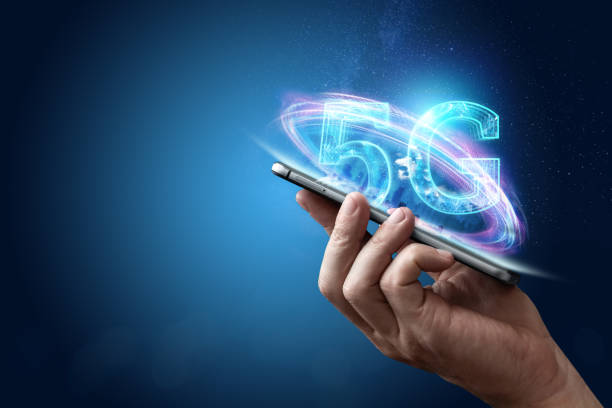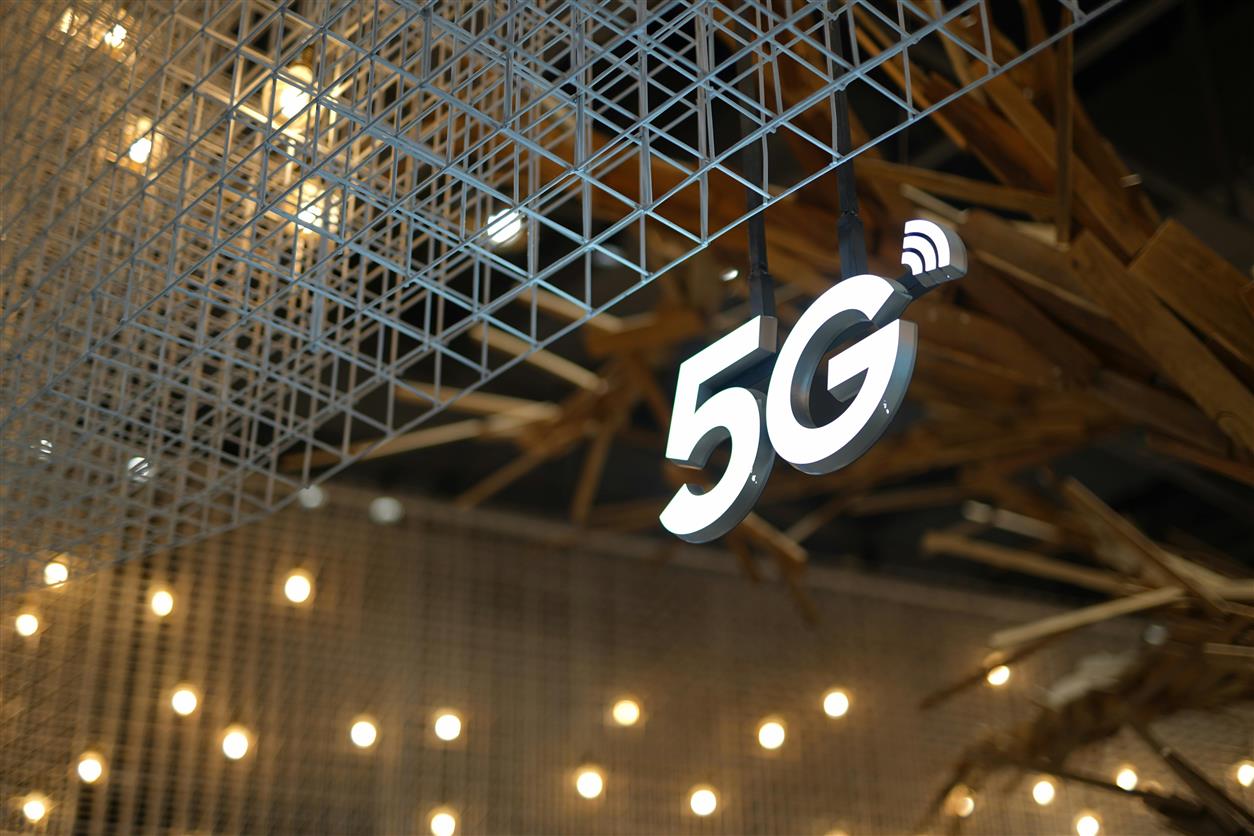
The advent of 5G networks marks a significant milestone in the evolution of wireless technology, promising to revolutionize connectivity and communication on a global scale. As the fifth generation of mobile networks, 5G is designed to overcome the limitations of its predecessors, offering faster speeds, lower latency, and greater capacity. This essay explores how 5G networks are transforming connectivity and communication, examines their implications for various sectors, and discusses the challenges and opportunities that come with this new technology.
Understanding 5G Technology
Key Features of 5G
5G technology introduces several key features that differentiate it from previous generations:
- High-Speed Data Transfer: 5G networks are designed to deliver data speeds up to 100 times faster than 4G networks. This enhancement enables quicker downloads, seamless streaming, and more efficient data transfer.
- Low Latency: Latency refers to the delay between sending and receiving data. 5G networks aim to reduce latency to as low as 1 millisecond, compared to around 30 milliseconds in 4G networks. This reduction is crucial for applications requiring real-time interaction, such as autonomous driving and remote surgeries.
- Increased Capacity: 5G networks can support a higher density of connected devices, accommodating up to 1 million devices per square kilometer. This is essential for the growing Internet of Things (IoT) ecosystem, where numerous devices communicate simultaneously.
- Enhanced Reliability: 5G networks are engineered to provide more reliable connections, even in high-density areas or during peak usage times. This reliability is vital for mission-critical applications and services.
How 5G Works
5G networks operate on three main types of frequency bands:
- Low-Band Spectrum: This frequency offers broad coverage and better penetration through obstacles like walls. However, it provides lower data speeds compared to higher bands.
- Mid-Band Spectrum: Mid-band frequencies offer a balance between coverage and speed, providing faster data rates and more capacity than low-band spectrum, while still maintaining decent coverage.
- High-Band Spectrum (Millimeter Waves): High-band frequencies deliver the highest data speeds and capacity but have limited coverage and penetration capabilities. These waves are ideal for densely populated urban areas.
5G utilizes advanced technologies such as beamforming, which directs signals to specific devices rather than broadcasting in all directions. This approach improves efficiency and reduces interference.
Impact on Various Sectors
Telecommunications and Connectivity
5G networks are set to transform telecommunications by enhancing connectivity and providing a foundation for future innovations. Key impacts include:
- Improved Mobile Experience: Users will experience faster internet speeds, smoother video streaming, and more reliable connections. This enhancement will support emerging applications such as augmented reality (AR) and virtual reality (VR), which require high bandwidth and low latency.
- Expansion of IoT: The increased capacity and connectivity of 5G networks will facilitate the expansion of IoT devices. Smart homes, smart cities, and industrial IoT applications will benefit from the ability to connect a vast number of devices seamlessly.
- Enhanced Network Reliability: Businesses and consumers will enjoy more reliable network performance, reducing interruptions and improving overall communication efficiency.
Healthcare
5G technology is poised to revolutionize healthcare by enabling advancements in telemedicine and remote patient monitoring:
- Telemedicine: High-speed and low-latency 5G networks will facilitate real-time video consultations, allowing doctors to diagnose and treat patients remotely with greater precision. This capability is especially valuable in underserved areas or during emergencies.
- Remote Surgeries: Surgeons can perform operations remotely with the assistance of robotic systems, thanks to the minimal latency of 5G networks. This development could improve access to specialized surgical procedures and enhance patient outcomes.
- Wearable Health Devices: IoT-enabled health devices, such as smartwatches and fitness trackers, will benefit from 5G’s increased capacity, providing real-time health data to healthcare providers and enabling better patient management.
Transportation and Autonomous Vehicles
5G networks will play a crucial role in transforming transportation and enabling autonomous vehicles:
- Autonomous Vehicles: Self-driving cars rely on real-time data from various sensors and communication systems. The low latency and high-speed data transfer of 5G networks will enhance the accuracy and safety of autonomous driving systems, enabling vehicles to make split-second decisions and communicate with other vehicles and infrastructure.
- Smart Traffic Management: 5G networks will support smart traffic management systems that optimize traffic flow, reduce congestion, and improve overall transportation efficiency. Traffic lights, sensors, and vehicle-to-infrastructure communication will work together to create smarter and more efficient urban environments.
- Logistics and Fleet Management: 5G will enhance logistics and fleet management by providing real-time tracking, monitoring, and coordination of shipments and vehicles. This improvement will lead to more efficient supply chains and reduced operational costs.
Entertainment and Media
The entertainment and media industries will benefit significantly from the capabilities of 5G networks:
- Enhanced Streaming: 5G networks will enable high-definition and ultra-high-definition video streaming with minimal buffering. This enhancement will improve the viewing experience for consumers and support new content formats, such as 8K video.
- AR and VR Experiences: The low latency and high-speed data transfer of 5G will support immersive AR and VR experiences, allowing users to interact with digital content in real-time. This development will transform gaming, virtual tourism, and interactive media.
- Live Event Broadcasting: 5G networks will improve the quality and reliability of live event broadcasting, enabling higher resolution and more stable streaming of sports, concerts, and other events.
Challenges and Opportunities
Challenges
- Infrastructure Costs: Deploying 5G networks requires significant investment in infrastructure, including new cell towers and base stations. This cost can be a barrier for some regions, particularly in developing countries.
- Spectrum Allocation: The allocation of frequency spectrum for 5G networks is a complex process that involves regulatory considerations and coordination between different stakeholders. Efficient spectrum management is essential to ensure optimal performance and avoid interference.
- Security Concerns: The increased connectivity and complexity of 5G networks raise concerns about cybersecurity. Protecting sensitive data and ensuring network security will be critical as more devices and systems become interconnected.
- Health and Safety: Some concerns have been raised about the potential health effects of increased exposure to radiofrequency (RF) radiation from 5G networks. Ongoing research and regulatory oversight are necessary to address these concerns and ensure the safety of 5G technology.
Opportunities
- Economic Growth: The deployment of 5G networks presents opportunities for economic growth by fostering innovation, creating new business models, and driving productivity improvements across various industries.
- Digital Transformation: 5G will accelerate digital transformation by enabling new technologies and applications. Businesses that leverage 5G will be better positioned to capitalize on emerging trends and stay competitive in the digital economy.
- Global Connectivity: 5G networks have the potential to improve global connectivity, bridging the digital divide and providing access to high-speed internet in underserved areas. This development will support economic and social development on a global scale.

The rise of 5G networks represents a transformative shift in connectivity and communication, offering unprecedented speeds, low latency, and increased capacity. As 5G technology continues to evolve, it will have far-reaching impacts on various sectors, including telecommunications, healthcare, transportation, and entertainment. While there are challenges associated with the deployment and adoption of 5G, the opportunities it presents for economic growth, digital transformation, and global connectivity are substantial.
Navigating the complexities of 5G technology will require collaboration between governments, industry stakeholders, and researchers. Addressing challenges related to infrastructure, spectrum allocation, security, and health concerns will be essential to realizing the full potential of 5G networks. As we move forward into the 5G era, embracing the opportunities and addressing the challenges will pave the way for a more connected and technologically advanced future.










